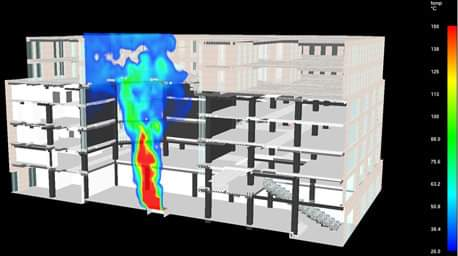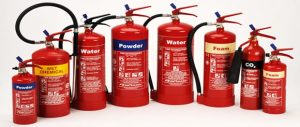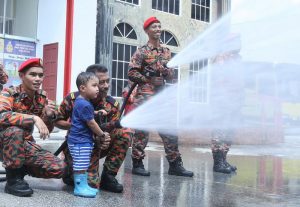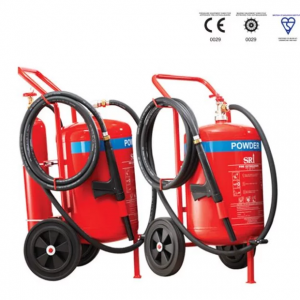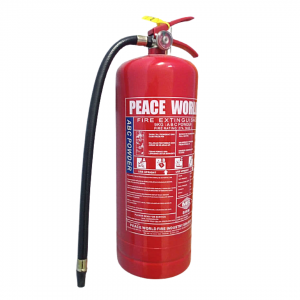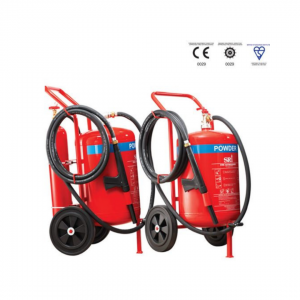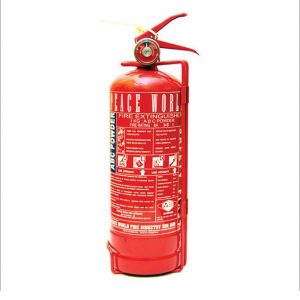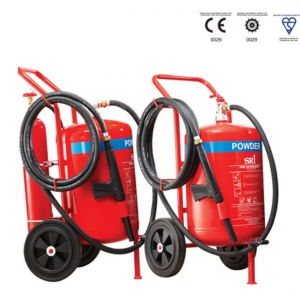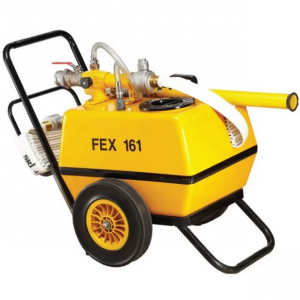PERFORMANCE-BASED APPROACH (PBA) IN MALAYSIA – AN OVERVIEW
The Fire Engineering-Performance Based Approach (PBA) is a methodology for evaluating and ensuring of fire safety in buildings. The design relies on the practice of fire engineering principles, calculations and specialized software to align with the BS 7974:2019 standards, which guide the application of fire safety engineering principles in building design.
However, the PBA is not applicable to buildings used for bulk storage or processing of flammable liquids, industrial chemicals or explosive materials. These buildings require special considerations due to their intrinsic risks.
In Malaysia, while the Uniform Building By-Law (UBBL) 1984 (amendment 2012) and the Sarawak Building Ordinance 1994 (amendment 2008) must be adhered to, the PBA can be applied for certain non-compliances. Specifically, it can be used for:
- Compartmentation and travel distance issues in buildings over 150 meter high.
- Projects covering more than one million squares meters.
- Mixed-use developments where meeting traditional compartmentation and travel distance requirement is challenging.
In these case, the PBA allows for flexibility in meeting fire safety standards as outlined in the UBBL, accommodating the unique demands of large-scale and complex developments.
Building Safety Regulations
Seventh Schedule
“Maximum travel distances to exits and dead-end limits shall be specified in the Seventh Schedule of By-Laws:-
Travel distance: In sprinklered buildings, the maximum travel distance to exits is 45 meters.”
Ninth Schedule
“Dimensions of Buildings and Compartments Maximum Limits of Dimensions:-
- 4000 m² (3700 m² under the Sarawak Building Ordinance 1994)
- 14000 m³ (for sprinklered buildings).”
These regulations set boundaries to ensure safe and efficient evacuation and fire management in buildings.
Performance-Based Approach (PBA) in Malaysia
In Malaysia, the Performance-Based Approach (PBA) has been in practice since 2003, offering a flexible alternative when compartmentation and travel distance limits exceed those outlined in the Seventh and Ninth Schedules of the building codes.
Challenges with Prescriptive Codes:
- Large malls like AEON, GIANT, or TESCO, as well as extensive airport buildings, may face difficulties meeting traditional compartmentation and travel distance requirements.
- For example, airports with a restricted travel distance of 45 meters (unsprinklered) or 60 meters (sprinklered) would be impractical given their size and complexity.
- The variety of designs and functions in modern skyscrapers further complicates adherence to strict prescriptive codes.
Role of the Fire and Rescue Department of Malaysia (FDRM) or BOMBA:
- BOMBA encourages compliance with prescriptive codes but allows for flexibility through the PBA approach, particularly for issues related to compartmentation and travel distances.
- The PBA must include alternative solutions such as smoke management systems that adhere to standards like MS 1780: 2017 and AS / NZS 1668-1: 2015.
Engineered smoke management system through Computational Fluid Dynamics (CFD)
Role of the Fire Safety Consultant:
- Provision of Engineered Systems: Fire Safety Consultants are responsible for designing engineered smoke management systems using Computational Fluid Dynamics (CFD) or similar modeling software.
- Evacuation Study: Consultants must also conduct evacuation studies (egress analysis) to ensure effective and safe evacuation during a fire.
Responsibilities and Requirements:
- Meeting Fire Code Intent: The proposed smoke management system must meet the intent of the Fire Code, using established fire safety engineering methodologies.
- Substantiating Solutions: Consultants must demonstrate to the Authority Having Jurisdiction (AHJ), such as FRDM representatives, that the larger compartment areas will not compromise critical life safety tenability criteria. This involves proving that occupants can safely evacuate during fire conditions.
Core Principles of PBA:
- Smoke Management: Effective smoke management is crucial for ensuring that smoke does not hinder evacuation routes or jeopardize safety.
- Accurate Simulation: Consultants must be meticulous in defining the parameters used in simulations. Precise and accurate simulations, calculations, and documentation are essential for validating the proposed solutions and ensuring safety.
Including these details will emphasize the technical and regulatory aspects involved in implementing engineered smoke management systems and highlight the critical role of fire safety consultants in ensuring compliance and safety
Other software
In addition to using CFD software for smoke modeling, consultants apply other necessary software tools, such as SYLVIA, CFAST, and LUMP PARAMETER. They also utilize evacuation study software like SIMULEX and PATHFINDER. The primary focus of this study is to ensure compliance with smoke management standards, specifically MS 1780: 2017 and AS / NZS 1668-1: 2015. This includes reviewing sprinkler systems according to MS1910:2017 and NFPA 13, and considering Early Suppression Fast Response (ESFR) sprinklers for atrium or large void areas.
Expect the Fire Safety Officer of FRDM to review previous approvals under the prescriptive building code as part of a ‘cross-check’ evaluation. The PBA only applies to specific gazetted areas, while the remaining areas must still adhere to UBBL-by Law requirements.
Evaluation Criteria
- Visibility Clearance: Exceeding 10 meters
- Smoke Layer Height: Maintaining 2.5 meters
- Heat and Toxicity: Radian heat of 60 degrees Celsius and toxicity compliance
- System Functionality: Proper operation of smoke extraction systems, smoke curtains, alarms, and other components
Testing and Verification
- Active Systems: Includes testing of elevators, fire-rated roller shutters, and other systems.
- Zoning Approach: Testing focuses on selected coverage areas, similar to electrical isolation switch testing.
The goal is to fully adopt performance codes in line with evolving practices, improving PBA evaluation and testing to enhance safety and protect Malaysian firefighters.


An example of simulex/pathfinder simulation for egress of occupants in a building. (source: youtube.com)
At AITO, we provide free consultation for fire safety design including a Performance-Based Approach. If you have any questions or enquiries, we are ready to assist you. Contact us at [email protected] or call us at 03 7831 4791 for any consultation or enquiries.

